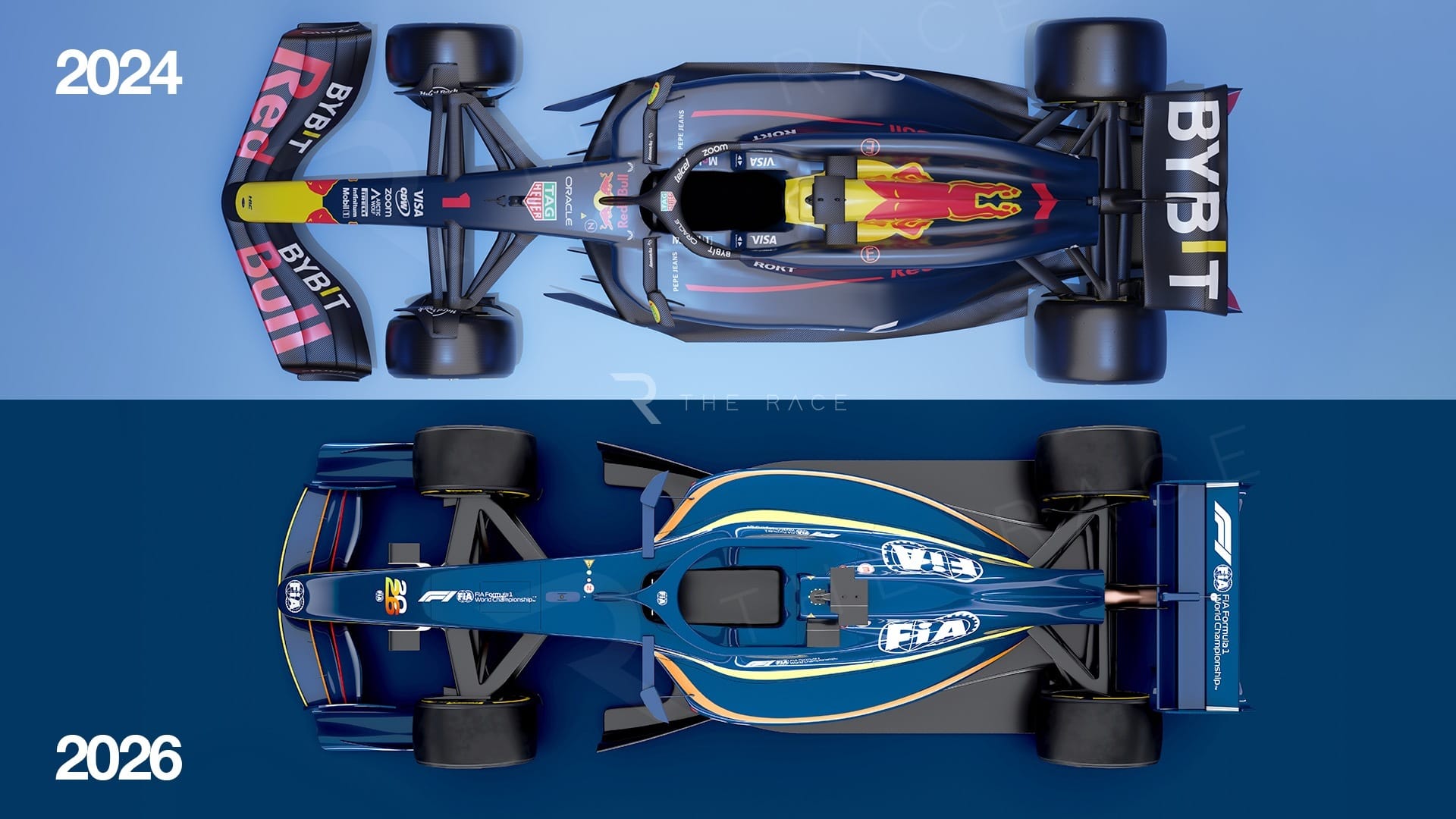
Formula 1
Welcome to Formula1 @ Lemmy.world Lemmy's largest community for Formula 1 and related racing series
Rules
- Be respectful to everyone; drivers, lemmings, redditors etc
- No gambling, crypto or NFTs
- Spoilers are allowed
- Non English articles should include a translation in the comments by deepl.com or similar
- Paywalled articles should include at least a brief summary in the comments, the wording of the article should not be altered
- Social media posts should be posted as screenshots with a link for those who want to view it
- Memes are allowed on Monday only as we all do like a laugh or 2, but don’t want to become formuladank.
Up next
2024 Calendar
| Location | Date |
|---|---|
| 🇺🇸 United States | 21-23 Nov |
| 🇶🇦 Qatar | 29 Nov-01 Dec |
| 🇦🇪 Abu Dhabi | 06-08 Dec |
Don't know what people were expecting, but this all seems like good and/or interesting changes to me and definitely steps in the right direction. Like sure, I'd also love cars as small as the 2006 cars or whatever, but that was just never going to happen overnight. Let's hope this is the start of F1 reversing the trend towards ever bigger cars and the start of going in the other direction.
That they lowered the fuel flow limit instead of eliminating it is a disappointment. Road relevance has been replaced by greenwashing relevance. But the active aero is an interesting choice.
That won't happen for 15 years at least, only Formula E can be fully electric.
With an FIA exclusivity deal through 2039 to be the sole EV single-seat series on the FIA menu, Formula E has plenty of time to grow.
Oh, I see what you mean about going all-electric. I think there are other reasons why they can't do that. Formula E cars would be completely unable to complete anything like an F1 race. We'd need some revolutionary new storage tech for that to happen.
I'm of the opinion that the fuel flow limit was a bad idea from the start. Fuel efficiency is a worthy engineering goal even if its relevance to "sustainability" is pretty negligable, but restricting the total amount used and basically anything else makes more sense to me rather than constraining the instantaneous fuel flow rate. But I suppose it's seen as a cost-cutting measure: Low-revving engines are less likely to blow up.
restricting the total amount used and basically anything else makes more sense
Oh you meant eliminate the flow limit, I thought you meant eliminate the fuel itself. And I agree (with the caveat you said, also limiting the total amount).
Only 30 kg less and 30% less downforce ... What a let down
Neither V18's nor the size of a p50.
Pass.
I doubt passing will improve. The cars need to trim in size, not weight
The cars are sightly shorter and thinner
The wheel base is reduced by 5.5%, and the width is reduced by 5%. I couldn't find info on the actual maximum length changes, but according to these two sources:
https://www.motorsportmagazine.com/articles/single-seaters/f1/why-formula-1-cars-have-grown-so-big/
Modern cars can be up to 5.6m length. Apparently this is not going to change much, so I wouldn't put weight into words "shorter" and "thinner". Yes, new cars are shorter and thinner. But is 5% enough?
I hope other measures will be more fruitful.
Probably not enough, but a step in the right direction. I imagine this is the best they could do that also fit with all their plans for the new engines.
Here is an alternative Piped link(s):
https://piped.video/NuagHWlwjgU
Piped is a privacy-respecting open-source alternative frontend to YouTube.
I'm open-source; check me out at GitHub.